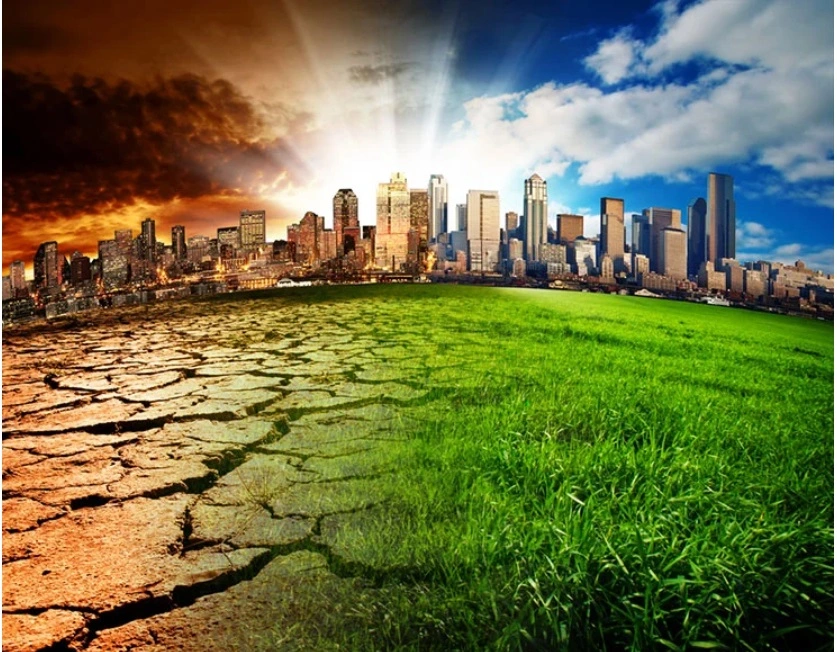
What is Climate Change?
Long-term changes in climate (from 10 to million years) is called climate change. These changes may be local or global. According to the definition of climate change a change in mean temperature from the preindustrial era to the present day. Climate change can be natural or anthropogenic mainly due to greenhouse gases.
Main Causes of Climate Change
Greenhouse gases are the main source of making the earth’s surface warmer. Some natural greenhouse gases trap sunlight radiating back from the earth’s surface making sure the temperature of the earth will be suitable for living. However some anthropogenic greenhouse gases trap a large amount of heat, causing the planet’s surface to be hotter, causing global warming. Following are some of the greenhouse gases.
- Carbon dioxide
- Methane
- Nitrous Oxide
- Chlorofluorocarbons
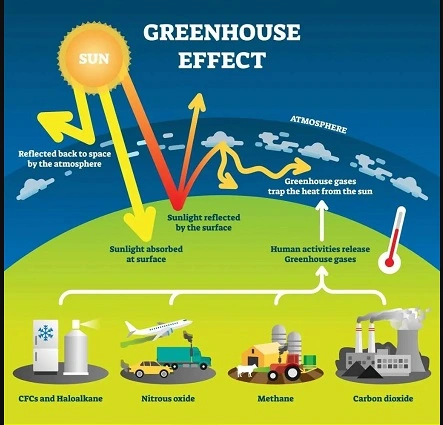
Melting Polar Ice
Climate change is causing glaciers to melt and Arctic and Antarctic ice sheets to diminish, making the polar region vulnerable because it stores a vast amount of water in glaciers and snow. As sea ice melts, ocean water that absorbs more sunlight becomes unprotected, speeding up the melting process.
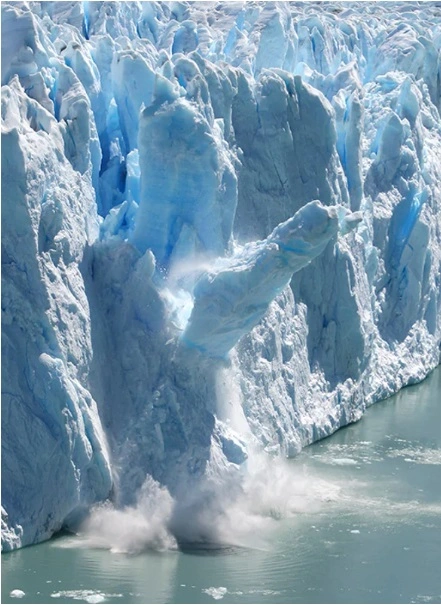
Sea Level Rise
Scientists predict that the glacial melting and melting of sea ice, as well as the increase in water temperature cause the water volume to expand which as a result cause a sea level rise of approximately 4 feet by the end of this century. The degree of this change would destroy the low-lying regions including islands and coastal regions around the globe, which will frequently damage infrastructure, like roads, sewage treatment plants, and power plants. Beaches that families have grown up visiting will vanish by the end of the century. Saltwater invasion is reforming life in countries like Bangladesh, where one-quarter of the land lie below sea level.
Flooding
Climate change influences the factors that result in rural, urban flooding and coastal flooding due to rising sea levels. As global warming continues to worsen the sea level rise and extreme weather, flooded areas are expected to rise by approximately 45% by 2100. In 2022, deadly floods occurred in Pakistan, which drowned approximately one-third of the country, resulting from heavy rains along with glacial melting and snow.
Ecosystem Stressors
The land populations are affected by the consequences of climate change. Climate change is expected to spread different diseases to forest ecosystems. It is also changing the vegetation patterns that can flourish in a given region and disturbing the life cycles of wildlife, as a result, the composition of ecosystems is changing and making them less resistant to stressors. While ecosystems can adapt, many are reaching the hard limits of that natural capacity. More consequences will follow as temperatures rise.
Climate change seems to be initiating a chain of ecological changes that we can neither fully predict nor fully stop. This ecosystem deterioration may be most obvious when it comes to keystone species that have an outsize- role in holding up an ecosystem’s structure.
Impacts of Climate Change on Ocean Water
Climate change is burdening the oceans. Oceans cover 70 percent of the earth’s surface and absorb 93 percent of all heat trapped by GHGs and 30 percent of CO2 emitted from fossil fuels burning. Fish and other marine life that are sensitive to temperature are already changing movement patterns toward a favorable climate of cooler and deeper waters to live, disturbing the food webs and sea biodiversity and causing the die-off of marine animals and plankton.
The elevated absorption of carbon dioxide by the ocean leads to its regular acidification, which changes the basic chemical makeup of the water and threatens the sea biodiversity that is adapted to live in a narrow pH level. Organisms, e.g. corals, oysters, and mussels will expected to feel these changes first because acidification disturbs the calcification process that is required to build their shells.
Climate Change Preventions
There are many ways to prevent climate change. Some are discussed below;
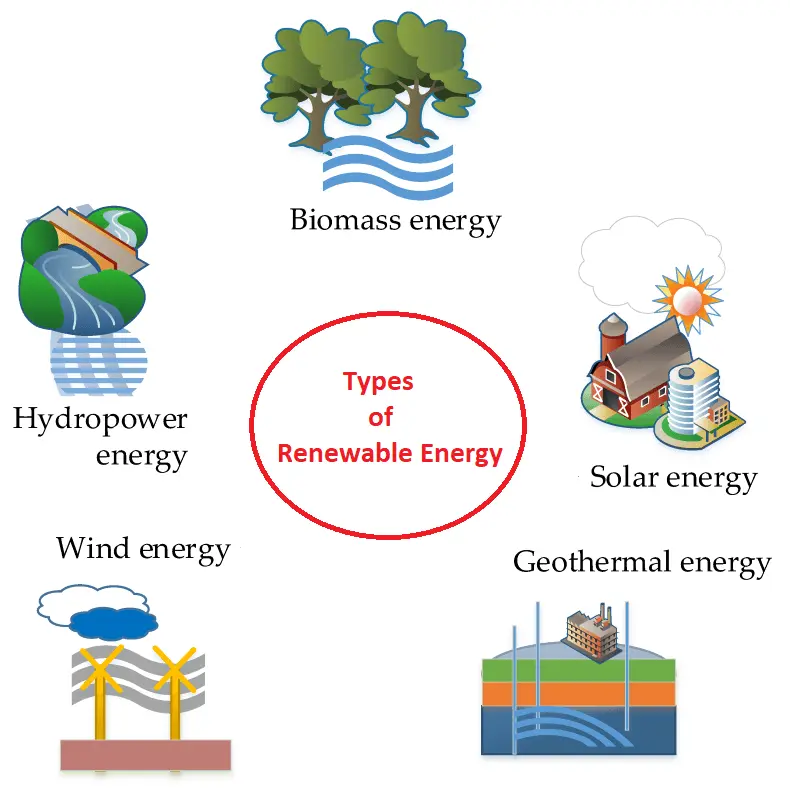
Renewable Energy
Shift our energy sources to renewable and green energy, like, wind energy, solar energy, hydro-electric and geothermal energy.
Sustainable Transportation
Transport systems must be associated with environmental requirements so that their carbon footprint will be reduced. We have to move forward to design environment-friendly transportation.
Reduce Air Pollution
There are many processes to reduce air pollution. For example preventing the use of fossil fuels and lowering industrial emissions and waste management. Use of reduce, reuse, and recycle methods to reduce waste and unnecessary production of new items
Preserve Oceans and Seas
Oceans and seas, major greenhouse gas reservoirs, require preservation through sustainable coastal development and fishing practices.
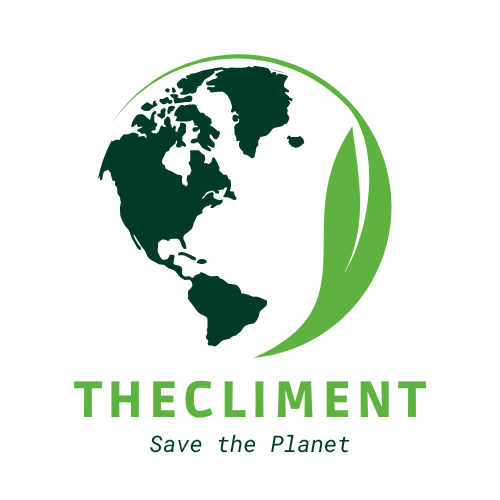 The Climent Respect your roots, Protect your planet
The Climent Respect your roots, Protect your planet
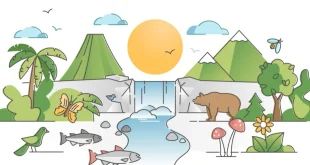
4 comments
Pingback: Agriculture Sector: At High Risk Due to Climate Change - The Climent
Pingback: A Comprehensive Study on Landfill Emissions and Their Negative Environmental Implications and Solutions - The Climent
Pingback: The Science Behind Sea Level Rise: Causes and Consequences and 6 Solutions to Overcome the Global Sea Level Rise - The Climent
Pingback: Methane Super Emitters: A Closer Look - The Climent